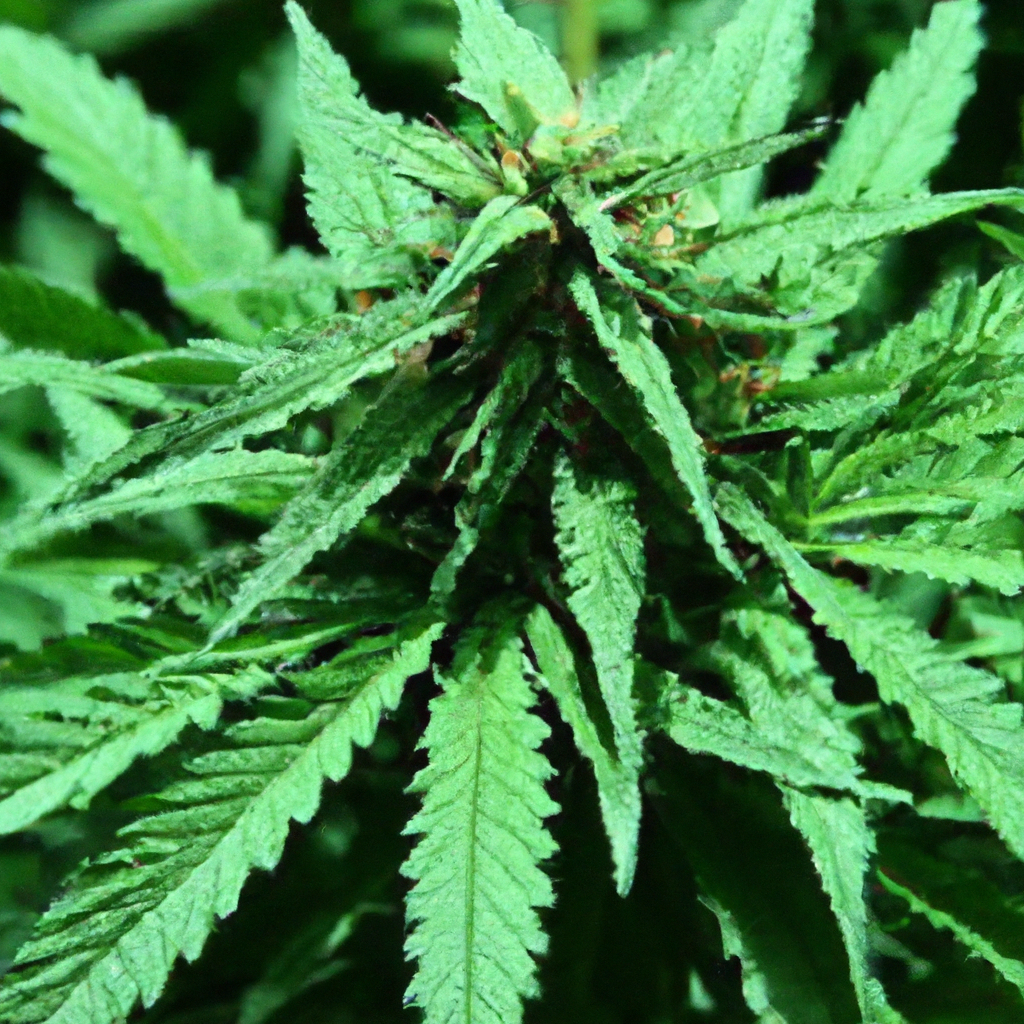By John “Magic” Greenleaf
“Growing greatness, one strain at a time.”
Introduction
Cannabis, like any other crop, faces its fair share of challenges during cultivation. From environmental stressors to unexpected pest invasions, these factors can significantly affect growth and yield. As a seasoned cultivator based in Colorado’s unique climate, I’ve faced numerous hurdles and learned how to turn these obstacles into opportunities for resilience and growth. Today, let’s dive into strategies for cultivating cannabis resilience, enabling you to handle stress and setbacks with confidence.
Understanding Stressors in Cannabis Cultivation
Several factors can impose stress on cannabis plants, hindering their optimal growth. Understanding these stressors is the first step to managing them effectively:
- Environmental Fluctuations: Temperature and humidity swings can drastically affect plant health.
- Pests and Diseases: Common pests like spider mites or diseases such as powdery mildew can compromise plant integrity.
- Water Stress: Over or under-watering can lead to root rot or nutrient deficiencies.
Building Plant Resilience
Developing resilience begins with choosing the right strategies and conditions to bolster your plants’ natural defenses:
Strategic Environmental Control
Implementing precise climate control can mitigate external stressors. I maintain indoor grow rooms at an ideal RH (relative humidity) to prevent mold while promoting resin production. In high-altitude environments like Colorado, leveraging aspects like UV exposure and fluctuating temperatures can enhance cannabinoid profiles.
Integrated Pest Management (IPM)
Adopt proactive pest control methods by using natural predators or plant-based repellents. Companion planting can integrate flora that deters pests or encourages beneficial insects, taking a holistic approach to pest management.
Strategies for Overcoming Setbacks
Even with the best prevention techniques, setbacks can occur. Here’s how to bounce back effectively:
Monitoring and Rapid Response
Utilize tools like automated sensors and AI-powered monitors for real-time alerts about significant changes. Swift action can prevent minor issues from escalating into major problems.
Incorporating Stress-Resistant Strains
Select or breed strains specifically designed to withstand harsh conditions. For instance, my “St” strain thrives in high-altitude settings and maintains vigorous growth even under fluctuating conditions.
Conclusion
Understanding, anticipating, and effectively managing stressors is crucial for cannabis cultivators who wish to foster robust growth and achieve high yields. With careful planning and dedication, any grower can follow these frameworks to cultivate both resilient plants and a more reliable harvest. Remember, cannabis is a patient teacher — and with my 30 years of experience, I’m always learning and sharing proven wisdom.


Leave a Reply